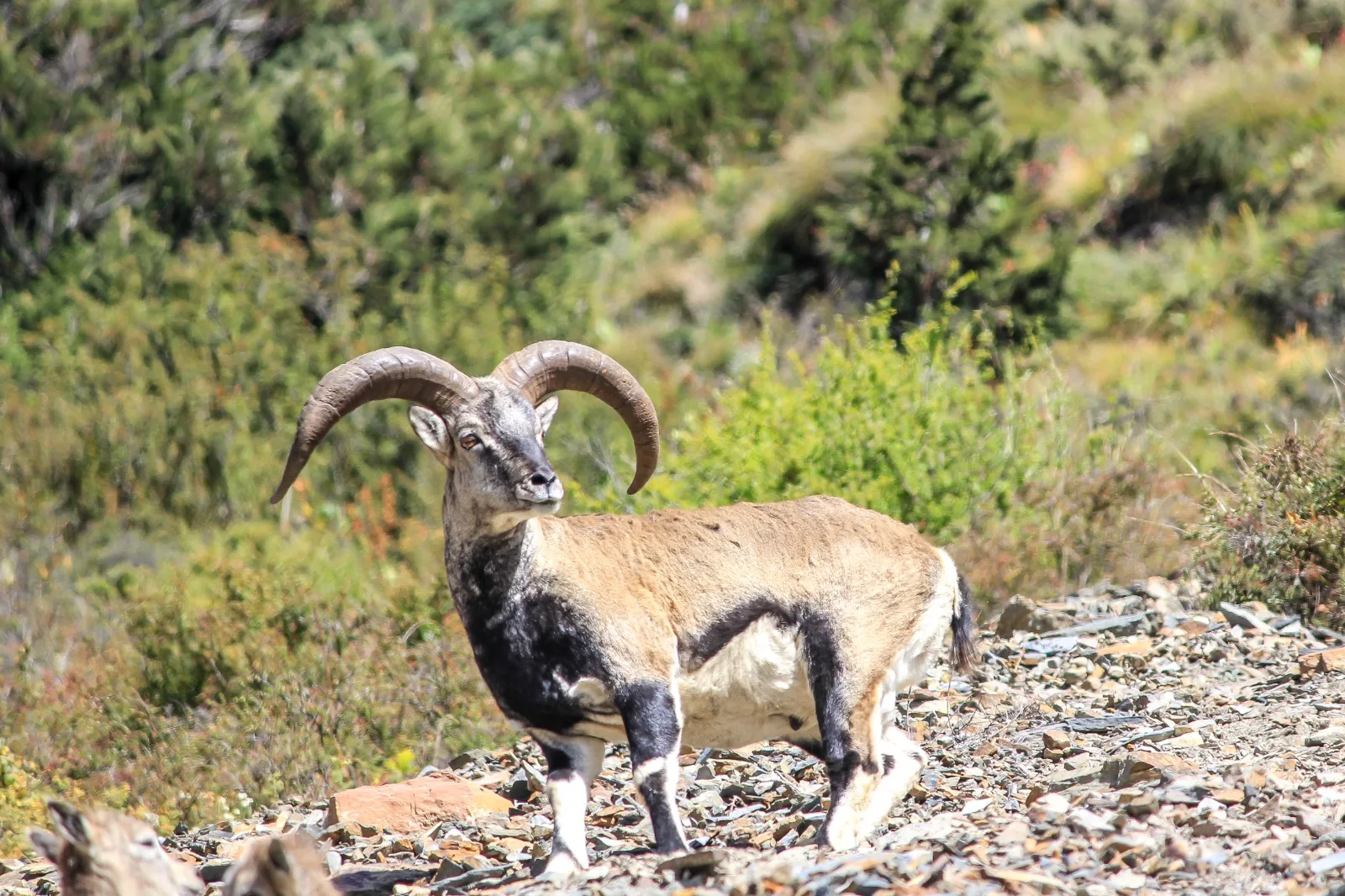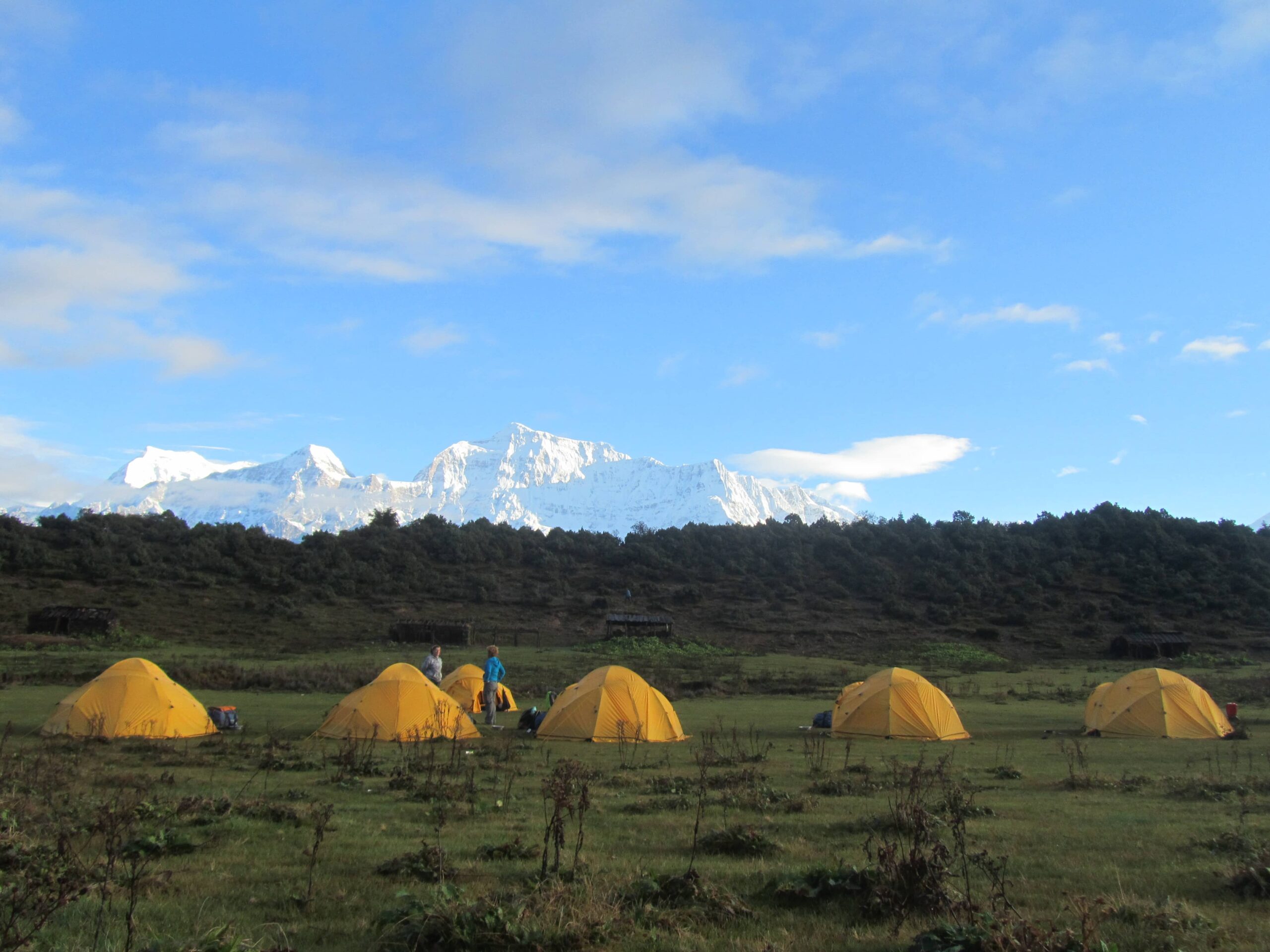Overview
Trekking through the stunning Annapurna region of Nepal offers an opportunity to experience adventure, stunning beauty, and an insight into the diverse cultural heritage of the Himalayas. Access the Asia Treks offers an off-the-beaten-path adventure that combines the breathtaking Himalayan environment with the strenuousness of high-altitude trekking: the Chulu Far East with Tilicho Trek.
Trekkers can explore some of the most secluded and breathtaking scenery in the Annapurna region on the majestic Chulu Far East with Tilicho Trek. Trekkers will start in the busy metropolis of Kathmandu and travel through the peaceful Himalayan foothills before climbing into the high-altitude wilderness, which is home to majestic peaks, crystal-clear lakes, and traditional mountain communities.
Trekkers have the exceptional chance to reach the top of Chulu Far East Peak (6,059 meters), an arduous but worthwhile ascent that gives unrivaled panoramic views of the surrounding Himalayan giants, including Tilicho Peak, Annapurna II, III, and IV, and Gangapurna. Experienced guides and the required gear are provided by Access the Asia Treks to guarantee a memorable and safe climb. One of the world’s highest lakes, Tilicho Lake is a revered Hindu pilgrimage destination and is perched at 4,919 meters above sea level. Trekkers will be able to see the stunning blue waters of Tilicho Lake, which are encircled by high peaks covered in snow, producing an incredibly beautiful natural scene.
Trekkers will get the chance to experience the rich cultural legacy of the area by stopping in isolated mountain communities like Manang, Pisang, and Khangsar along the trekking path. These settlements, with their distinctive architecture, colorful Buddhist monasteries, and the friendly hospitality of the surrounding Gurung and Thakali populations, provide a window into traditional Himalayan life.
For the Chulu Far East with Tilicho Trek, Access the Asia Treks offers full logistical support, including knowledgeable guides, porters, lodging, meals, permits, and transportation. Trekkers can concentrate on enjoying the once-in-a-lifetime experience in the Himalayas, knowing that their comfort and safety are the main priorities during the journey.
The Chulu Far East with Tilicho Trek presents a unique opportunity to experience the secluded and breathtaking scenery of the Annapurna region while pushing oneself on a physical and mental level. For those looking for a genuine Himalayan experience, this journey is a once-in-a-lifetime opportunity since it combines high-altitude walking, cultural immersion, and stunning landscape. Trekkers traveling through Access the Asia Treks are guaranteed to have all the resources and assistance necessary to make their trip memorable, safe, and pleasurable. Explore the Himalayan enchantment with Access the Asia Treks and set off on a journey to the Chulu Far East with Tilicho Trek.
TRIP HIGHLIGHTS
- Explore the stunning landscapes of the Annapurna region, with panoramic views of the Annapurna and Manaslu mountain ranges
- Immerse yourself in the unique culture of Nepal by visiting traditional villages like Pisang and Manang, interacting with locals, and experiencing their hospitality
- Enjoy a spectacular base camp setting with awe-inspiring views, serving as a strategic point for acclimatization rotations and final preparations for the ascent
- Explore stunning Tilicho Lake (4919m) with the surrounding peaks and panoramic views
- Challenge of ascending to high altitudes, including crossing the Mesokanto La Pass (5,099 meters).
- Experience the thrill of a dawn summit push, witnessing the first light revealing the Himalayan panorama and culminating in the triumphant ascent to Chulu Far East Peak
- Enjoy a holistic adventure that combines the physical challenge of peak climbing with cultural exploration, fostering a deeper connection with the Himalayan communities
- Stand atop Chulu Far East Peak and revel in a profound sense of accomplishment, having conquered a formidable summit in the heart of the Himalayas
- Enjoy at Pokhara, a vibrant city known for its lakeside beauty, serving as a perfect introduction to Nepal’s rich cultural diversity
Equipments
What to Bring?
Annapurna Region is considered to be the most thrilling and spectacular trekking region, well renowned all over the globe. This region’s trek starts from the easy level to elite level where you have to be equipped with all the necessary and appropriate gears and equipment to ensure your safety, comfort, and pleasure during your trek. When trekking in the Annapurna region, you should bring the following items, among others:
- Trekking boots: As you reach to various landscapes including the rocky difficult trials in this region. Therefore, the sturdy trekking boots is required with an ankle support to make your trek safer and risk free.
- Hand Gloves: Another important trekking equipment is hand gloves. Basically, hand gloves is used to prevent your hands from frostbite and the possible numb situation due to snow.
- Hat: It is the equipment that is used to prevent yourself from severe coldness. Basically, hats that covers your ears are highly preferable in order to keep you warm.
- Backpack: A roomy backpack is necessary for you to carry the electronics equipment like mobile and camera with water bottle and other necessary personal equipment.
- Clothing: The weather in the Annapurna Region is unpredictable. Thus, you have to be prepared for the sudden change in the weather. Thus, you have to take thermal undergarments, layered clothes and trekking trousers to make yourself cozy and warm. Fleece and down jacket with a scarf, hat and mittens are also very useful during this trek.
- Sleeping bag: In Annapurna region, the weather might reach below zero. Thus, a quality sleeping bag is necessary which can keep you warm and safe during the trek.
- Trekking poles: While walking in the rocky and steep grounds, you have to be careful whereas trekking poles help your ankle and knees to prevent you from the possible mishaps.
- Headlamp: For Navigating early in the morning and evening time, you need the headlamps while moving though the lodge and tea houses in the lush forests.
- Sunglasses: UV protected and a quality Sunglasses is required to prevent yourself from the glare of the snow and intense mountain sunshine.
- Water container and purification tablets: The water during the trek is most essential. Healthy and pure water makes your trek full of energy whereas polluted water might hamper your health. Thus, water container and purification tablets are really necessary.
- First aid box: The first aid equipment like bandages, antiseptic cream, pain relievers, and altitude sickness medication is crucial. The trekking leader of the trek also carries first aid medical kit for your safety.
Access the Asia Treks offers its customers a thorough packing list, equipment rental choices, and guidance on the best supplies for their trekking requirements. In order to complete their trek to the Annapurna region securely and comfortably, we want to make sure that our clients have all the required supplies.















